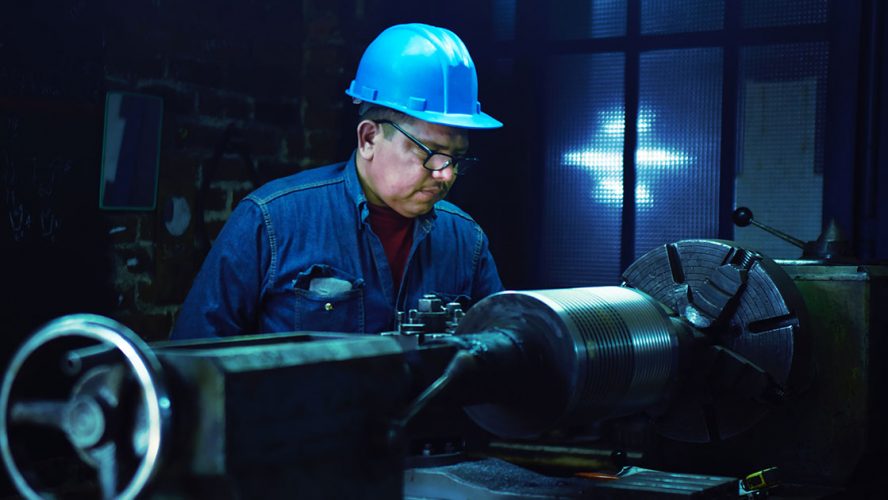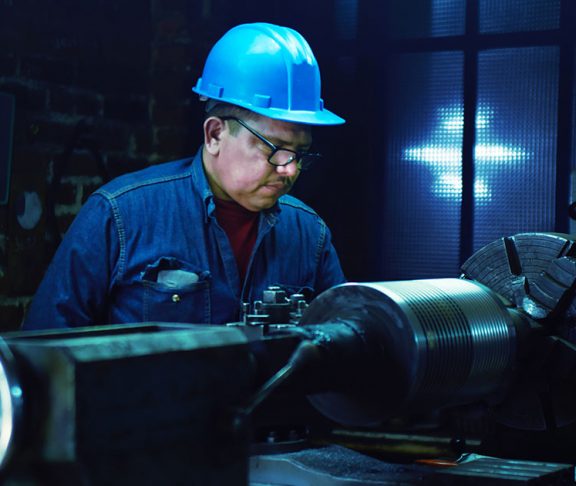Manufacturing was revolutionized in the United States back in the days of Henry Ford’s Model T assembly line, and it continues to be the leading force behind the nation’s leadership in innovative solutions that are changing the world.
American manufacturing is back in the headlines for its prowess as an economic driver and job creator. It has a larger multiplier effect than any other major sector. $1 spent in manufacturing generates $1.35 in additional economic activity. Plus, one new manufacturing job creates 1.6 additional jobs – even stronger in high-tech manufacturing where one job generates five additional jobs. With steady labor rates, low energy prices, a strong education system, and a culture of innovation and entrepreneurship, it makes good business sense for products to get the “Made in the USA” label.
The game-changing tech
- The industrial Internet of Things: The concepts that first put computers on the same network are now extending to our homes, cars and many of the items we use every day. Manufacturing is no exception, with machines and devices now able to connect and communicate—both with each other and with the humans that run them.
Why is this important? Manufacturers can gain entirely new insights into how their equipment and processes are running. Are there production bottlenecks? How fast are machines actually generating parts? Is a machine going to need service soon? All of this information and more becomes available once machines go from standalone pieces of equipment to ones that connect into a network. - Robots that learn: In the early days of industrial robots, they stayed in one place, doing the same repetitive tasks over and over again. These days, as manufacturing becomes more flexible and advanced, robots are advancing too. Built with advanced sensing technologies and vision systems, robots are increasingly becoming more collaborative with human workers, able to learn how to do different tasks in different ways.
While it might sound scary, this is actually beneficial to manufacturers and manufacturing workers. Now instead of having a static piece of equipment for just one task, manufacturers can invest in a robot that’s capable of multitasking and use it to suit their changing needs. Likewise, workers are able to focus on more advanced and complex tasks that are a better use of their time and skills on the job. - Additive Manufacturing: The concept of additive manufacturing is known to many as 3-D printing: objects that are built up layer by layer. This is in contrast to traditional “subtractive” manufacturing processes, where a piece of raw material is then cut away to create a part.
Additive value
Additive is growing in its use and adoption for different types of manufacturing. It holds a lot of promise and benefits in terms of its ability to create part prototypes more rapidly than traditional methods, for the total design freedom that it allows and the ability to create customized products more easily. It also minimizes waste.
While additive is finding its way onto more shop floors, don’t look for it to completely replace traditional manufacturing any time soon. As of yet, additive manufacturing is not fully capable of working with all of the materials used to make industrial components and parts. But as the technology matures, look for more uses and developments of this exciting and revolutionary technology.
We’re a long way from Henry Ford’s assembly line, but the United States still leads the world in creating an advanced, high-tech manufacturing industry that is creating out of this world products. We’re a nation of makers, and our future is bright.

